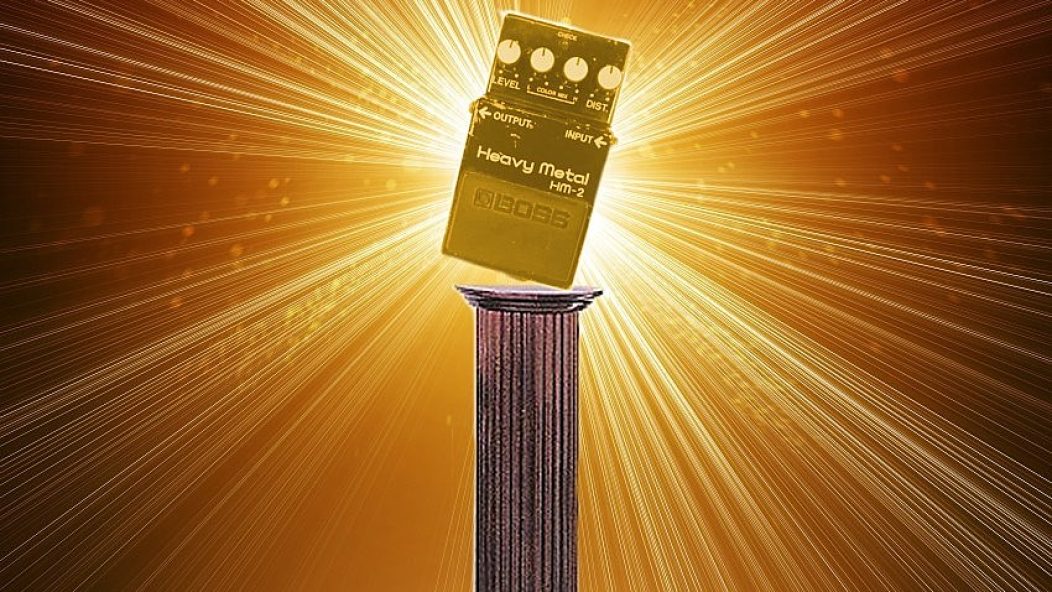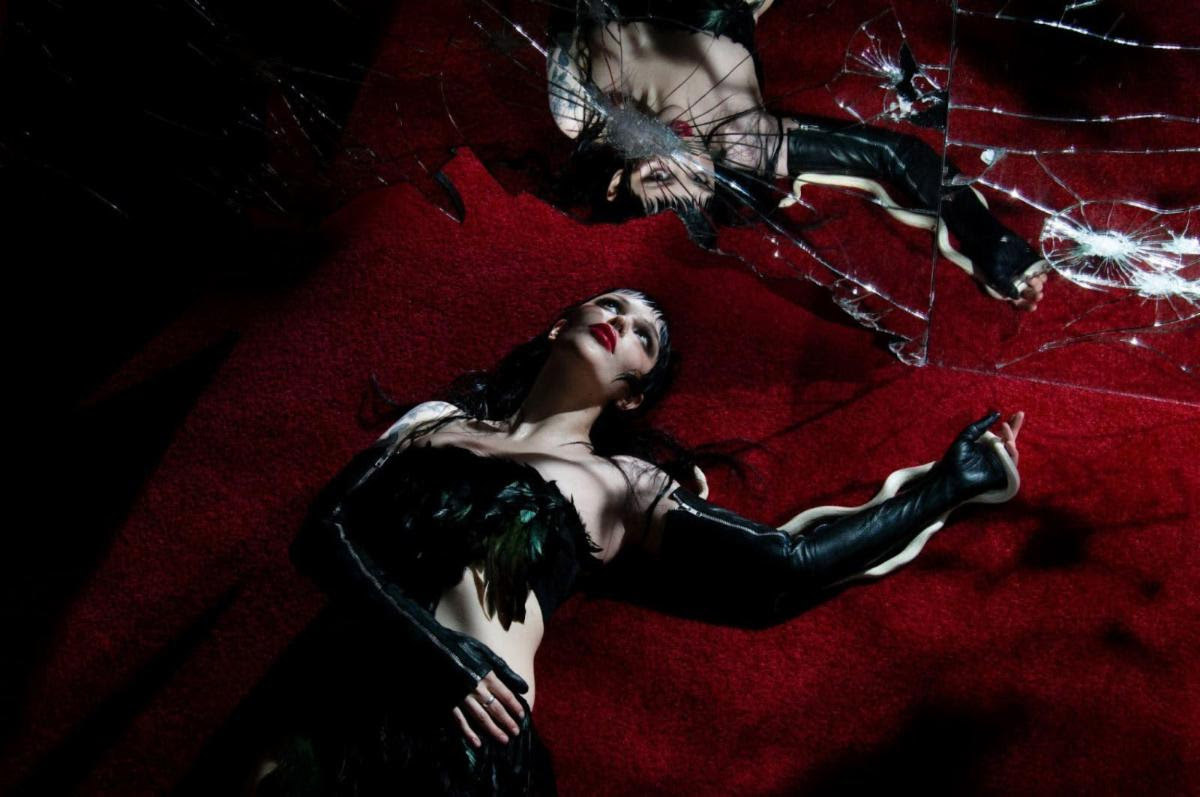
1991: Swedish Death Metal's Championship Season
…
In 2010, the San Francisco Bay Area started caring a lot more about baseball. That year, the Giants won their first World Series since making San Francisco their home. Baseball wasn’t merely interesting again because of that team’s ascent; the sport told a Hollywood-quality story too. The Giants, a rag-tag bunch of misfits, got together and undid all the expectations that had been set before the season and won the World Series. On the other coast, annual league favorites the New York Yankees fumbled in the play-offs. It was a season that confounded expectations, and it gave everyone in the bay a new set of hometown heroes.
In 1991, the Swedish death metal scene had a season as exciting as the Giants in 2010, when four bands in the scene released some of the genre’s best works. The champs fell from grace, their neglected peers stepped up to bat, and the freaks that Stockholm had forgotten stole the throne. 25 years later, these albums tell the story of Sweden’s grand slam.
…

…
The Champ: Entombed – Clandestine (11/12/1991)
Entombed’s 1990 debut Left Hand Path was a wake-up call in the death metal world, a near-perfect distillation of Morbid Angel’s technical fury and local d-beat attitude. Arming the record with a three-pronged, buzzsaw guitar tone powered by the Boss HM-2 distortion pedal, engineer Tomas Skogsberg and his Sunlight Studio gave the record a production that was unrivaled in foam-mouthed ferocity and sheer violent intensity. With Left Hand Path Entombed not only became the band in town to beat, but the band that everyone expected to become Sweden’s death metal all-stars.
…
…
In 1991 they followed it up with Clandestine, a record that disappoints only because of how incredible it could have been. Objectively, it’s a contender for Entombed’s best album, upping the bloodshot aggression of their debut while adding sinister moments that build tension. Nicke Andersson, the class-president of the early Swedish death metal scene, gave the drum performance of his life and wrote Entombed’s most sophisticated batch of tunes for Clandestine. The band once again worked with Tomas Skogsberg at Sunlight Studio, who pushed Andersson’s drum performance to the front and rendered it in vivid detail. Andersson’s kicks plow through the chest, the snare cracks harder than a bullwhip and the entire kit comes to life as he propels Entombed.
“Sinners Bleed” is the apex of the record, where riffs, d-beats and a wide-lens, low-zoom bridge coalesce into one of the most devastating skank sections ever laid to plastic. But Andersson was also responsible for Clandestine’s biggest failing: the god-awful vocals. His strained, wannabe-macho and downright goofy grunts bring down these outstanding tracks. Had Left Hand Path vocalist L.G. Petrov taken Andersson’s place on the mic, Clandestine could have been the Swedish death metal scene’s crowning glory. The champs only managed to get to third base this time, and in the process disappointed their fans.
…

…
The Dark Horse: Unleashed – Where No Life Dwells (05/01/1991)
Where Entombed fell short of their recorded potential, their scrappier peers stepped up beginning with Johnny Hedlund, who had been practically (though not technically) fired from Nihilist, a prior incarnation of Entombed.
…
…
Hedlund’s Unleashed distinguished themselves from others in their scene by opting to record their debut outside of Sweden. Instead of Sunlight Studio, Unleashed worked with a young Waldemar Sorychta in Germany. The resulting album, Where No Life Dwells, features a sound all its own. HM-2 fueled buzzsaw riffs were absent, replaced by fuller and more colorful tones, while Skogsberg’s signature fat drums were passed over for more compartmentalized sounds that cut and sliced through the mix. The album’s production was an anomaly at the time, but a prelude for the sound of European extreme metal in the years to come; Sorychta went on to produce the likes of Lacuna Coil, Borknagar and Samael.
Barring its then-peculiar engineering, Where No Life Dwells features a young band attempting to bottle up their hyperactive energy. It’s uncontrolled here; the tempos on “Dead Forever” and “The Dark One” aim for the jugular, demanding attention and respect. Elsewhere, the bouncing pulse of “Before the Creation of Time” and “Into Glory Ride” keep the album’s momentum alive with the ever reliable d-beat orchestrating the pit. It’s a record that offers easy thrills thanks to its boundless velocity, but eventually suffers when the speed gets old.
…

…
The Glue Guy: Grave – Into the Grave (08/30/1991)
Grave have always been a more methodical act than their peers. Though they could have released a full-length record before Entombed or even Tiamat, Grave instead opted to hone their craft to its logical end before presenting themselves to the world. They ran the demo circuit for two full years before committing to their first record and it shows.
…
…
Into the Grave, released 25 years ago today, reeks of death metal WD-40, its arrangements and performances tightened and trimmed to factory-automated perfection. Jorgen Sandstrom’s growls are full and throaty, never wavering in intensity and cadence. Jensa Paulsson’s drum tempos are tuned to precision, lacking the feral attack that Nicke Andersson gave Entombed, but ultimately making for the tightest human clock in Sweden at the time. Everything comes together in the title track, where two full minutes of blitzkrieg riffing zip by before Sandstrom bellows his battle cry into the depths of death: “Into the darkness, into the grave.”
Into the Grave set the template for the rest of Grave’s career: no-frills, expertly crafted death metal that does its job damn well. There are no eyebrow-raising moments on Grave’s debut. The HM-2 pedal and Skogberg’s over the top drum tones are stashed away here; unlike Clandestine’s effervescent treatment of Nicke Andersson and the buzzsaw tone, Into the Grave makes it a point to not show off a lone member of the band. It remains Grave’s finest hour in a discography that has never strayed from its initial statement of intent. They’ve maintained a rather independent path from their other peers with the exception of now-former vocalist Sandstrom, who served a seven-year stint in Entombed. No matter the state of Sweden’s scene or metal’s popularity as a whole, Grave have not wavered.
…

…
The Rookie of the Year: Dismember – Like an Everflowing Stream (05/28/1991)
Dismember had the odds stacked against them in their early years. Drummer Fred Estby and guitarist David Blomqvist’s initial attempt at the band was aborted in favor of joining with Michael Amott’s short-lived project, Carnage. When Amott left Sweden to join Carcass and ended Carnage, Estby and Blomqvist made the best of things and continued to work with the now-defunct band’s vocalist Matti Karki. They rechristened themselves as Dismember but by then, it had been a full two years since the band first came into being: two years is practically eternity for 16- and 17-year-olds.
…
…
In spite of all that, the reborn Dismember pulled it together and made a lightning-in-a-bottle release. Like an Everflowing Stream is the rare record in any genre that checks all the boxes for quality. Dan Seagrave’s majestic artwork, the ominous thunder-clap intro and Blomqvist’s apocalyptic opening riff to “Override of the Overture” inform the listener that this record is not to be fucked with.
Where the other great records from the Swedish death metal scene all experience minor failings–weak vocals, a repetitive sound, sterile performances, etc–Like an Everflowing Stream evaded them. After years of losing bands and watching their elders grow and blossom into fearsome acts, Blomqvist and Estby had everything to prove. Anything less than an outstanding piece would be seen as a disappointment.
But the bastards did it. Like an Everflowing Stream is one of heavy metal’s finest achievements. The sheer energy that fueled these tracks matched that of Unleashed, the gnarled buzzsaw guitar tone stood tall against Entombed’s and Matti Karki dove to far more depraved depths than Jorgen Sandstrom ever dared. Estby, though lacking in the raw metronomic talent of his peers, wrote drum parts that were just right for these songs. He knew just when to trade a d-beat for a Slayer-style double-kick in “Bleed for Me,” and his caveman pounding in “Skin Her Alive” is the only beat that could have ever worked for that track.
Though Estby was rapidly on his way to outshining his counterpart Nicke Andersson in the songwriting department, he wasn’t too competitive to ask for help. Andersson contributed several shredding – and occasionally bluesy – leads to Like an Everflowing Stream. It was the first hint of Andersson’s more rock n’ roll inclinations. Those instincts later spelled the downfall of Entombed but they worked for Dismember. The atmospheric opening solo that glides over “Dismembered” is a stroke of maturity that the other members of the Swedish death metal scene avoided entirely.
Your 1991 HM-2 Trophy Champion: Dismember
This is what ultimately made Like an Everflowing Stream a masterful record: every one of its elements were executed with the perfect combination of adult ambition and adolescent rage. Entombed, Grave, Unleashed loaded the bases with quality records that still are strong today, but it was Dismember who hit the home run. The underdogs stole the crown with the greatest album that the Swedish death metal scene would ever produce.
…











